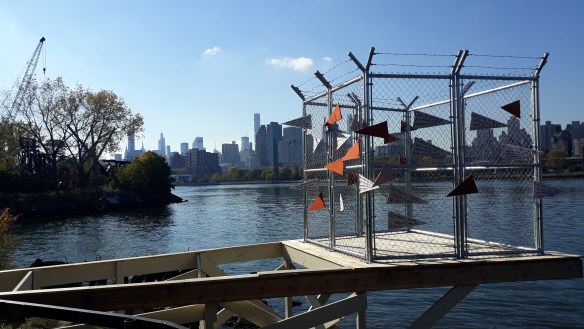“What’s a Qivittoq?” Dee was getting unbearably cold now, the chill entering her body like it would never leave. “What’s that?” (Extract from Anori)
Choosing the most effective word can be painfully tedious. Is she really unbearably cold? What about terribly cold? Desperately cold? What word translates the feeling for how cold she is? One word works and the other. It goes back and forth in the edit, until the word works as it should. Whatever that means.
A much more immediately satisfying part of writing is the research. Anori is speculative novel set in Greenland and so futuristic elements as well as aspects of Greenlandic culture are needed to develop the setting.

A Qivittoq is a mythological, often evil creature – akin to the Ojibway’s Wendigo – is derived from the custom of banished a person who violates the sacred codes of society.
Thule Air Base also came up in my research, a United States military camp where a B-52G Stratofortress loaded with nuclear weapons crashed in 1968. This led me to think that nuclear weapons might have created a Qivittoq or two.

Other research for Anori included Earth-out-of-view Syndrome (a psychological disorder when one can no longer see Earth), O’Neil Cylinder (mining asteroids in space), Cave Swallows (birds in the Yucatan), dry dock (lifting boats out of the water for repairs) and cantilevers.

The trick of effective research is not allowing it to completing distract the work at hand… unless a book on the trivia of research is to be launched. (Is there a market for that?)




